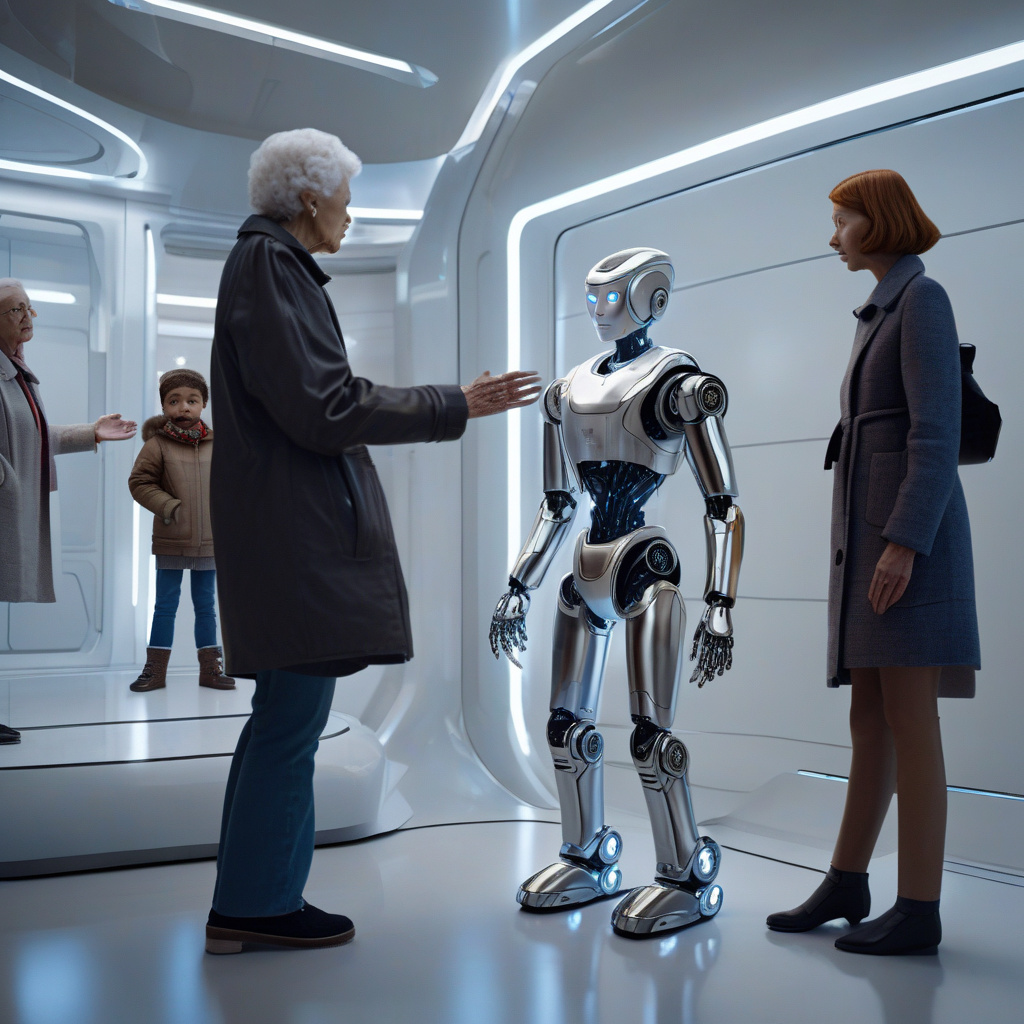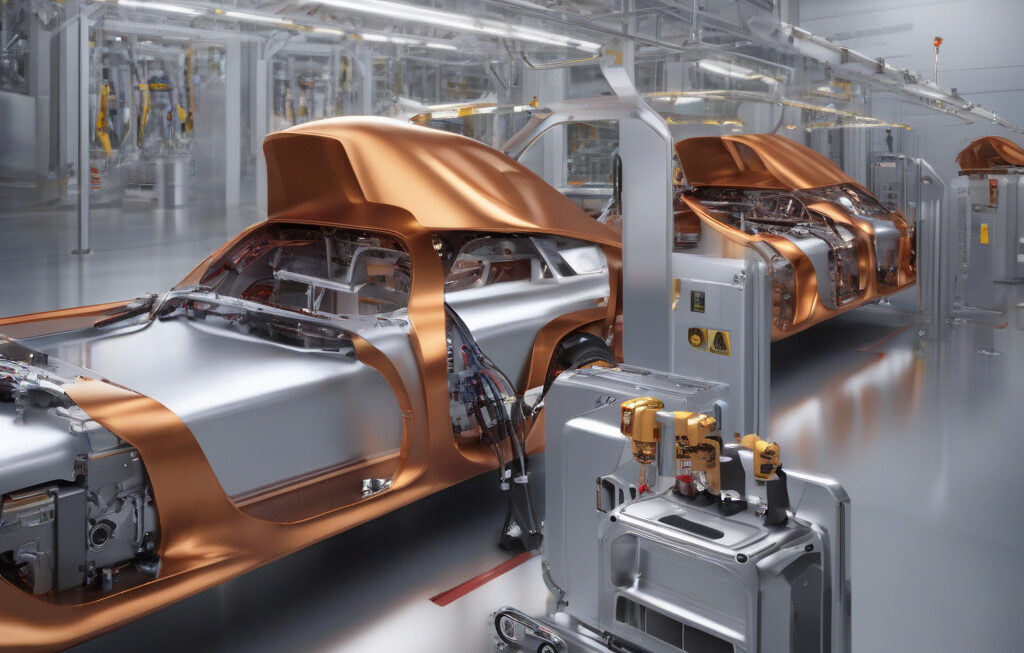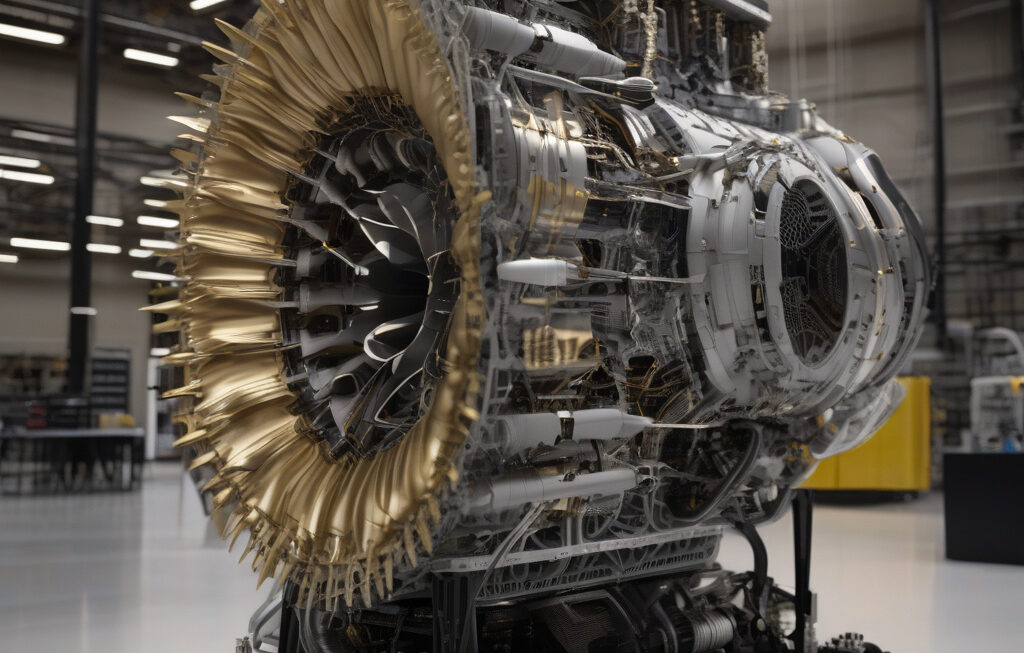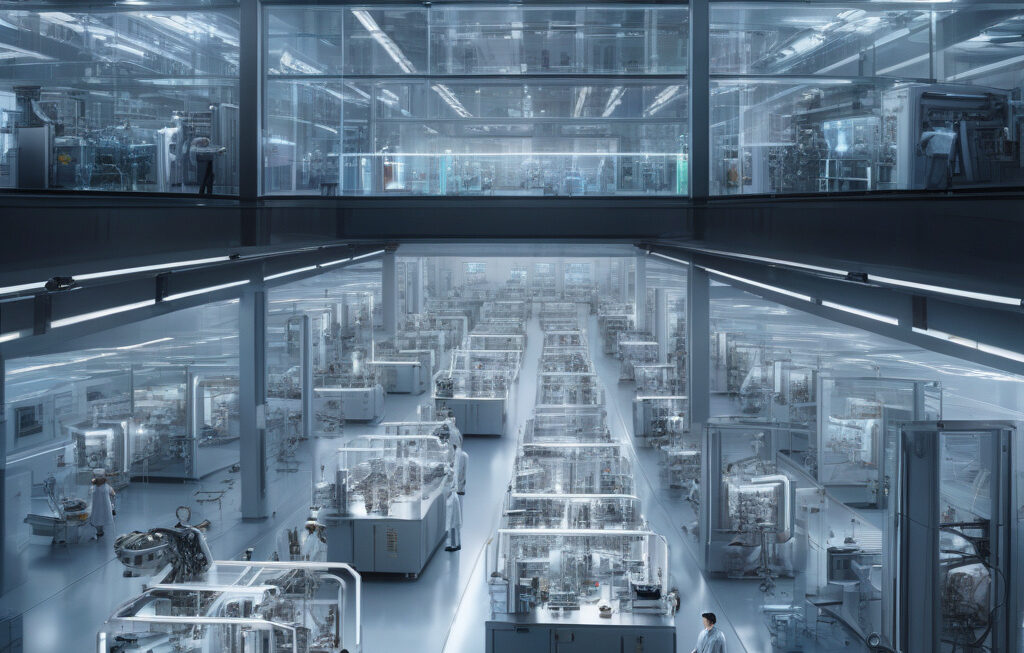Robots Learn to Prioritize Human Safety with Smarter Decision-Making System
A new algorithm has been designed to enable robots to make safer decisions around humans. This innovative technology marks a significant step forward in the field of robotics, where ensuring human safety has always been a top priority. With the increasing integration of robots into various aspects of our lives, such as manufacturing, healthcare, and even daily household chores, it is crucial that these machines can prioritize human safety in all situations.
The new algorithm focuses on enhancing the robot’s decision-making process by taking into account various factors in real-time. For instance, when a robot is working alongside humans in a factory setting, it needs to constantly assess the environment, predict potential risks, and make decisions that prioritize the safety of human workers. This requires a complex system that can process large amounts of data, analyze it quickly, and make split-second decisions to prevent accidents.
One of the key features of this new algorithm is its ability to adapt and learn from its interactions with humans. By continuously gathering data and feedback from its environment, the robot can improve its decision-making over time. This means that the more it works with humans, the better it becomes at anticipating their movements, understanding their behaviors, and ultimately prioritizing their safety.
In a recent demonstration of the algorithm, a robot equipped with this technology was able to navigate a busy factory floor filled with human workers and machinery. The robot successfully avoided collisions, adjusted its speed and trajectory based on the movements of the humans around it, and even proactively alerted nearby workers of potential hazards. This level of situational awareness and proactiveness is a game-changer in ensuring human safety in dynamic work environments.
Furthermore, this new algorithm opens up possibilities for robots to assist in tasks that require close collaboration with humans, such as caregiving for the elderly or assisting surgeons in operating rooms. By prioritizing human safety and understanding complex human behaviors, robots can become valuable partners in various industries where precision, efficiency, and safety are paramount.
As we look towards a future where robots play an increasingly integral role in our daily lives, the development of technologies that prioritize human safety is crucial. With the implementation of smarter decision-making systems like this new algorithm, we can ensure that robots not only perform tasks efficiently but also prioritize the well-being of the humans they interact with. This marks a significant advancement in the field of robotics and paves the way for a safer and more collaborative future between humans and machines.
In conclusion, the new algorithm designed to enable robots to prioritize human safety with smarter decision-making systems represents a major breakthrough in the field of robotics. By focusing on real-time data analysis, adaptive learning, and proactive decision-making, this technology has the potential to revolutionize how robots interact with humans in various settings. As we continue to integrate robots into our lives, ensuring human safety should always be at the forefront of technological advancements.
robotics, human safety, decision-making system, innovative technology, collaborative future












